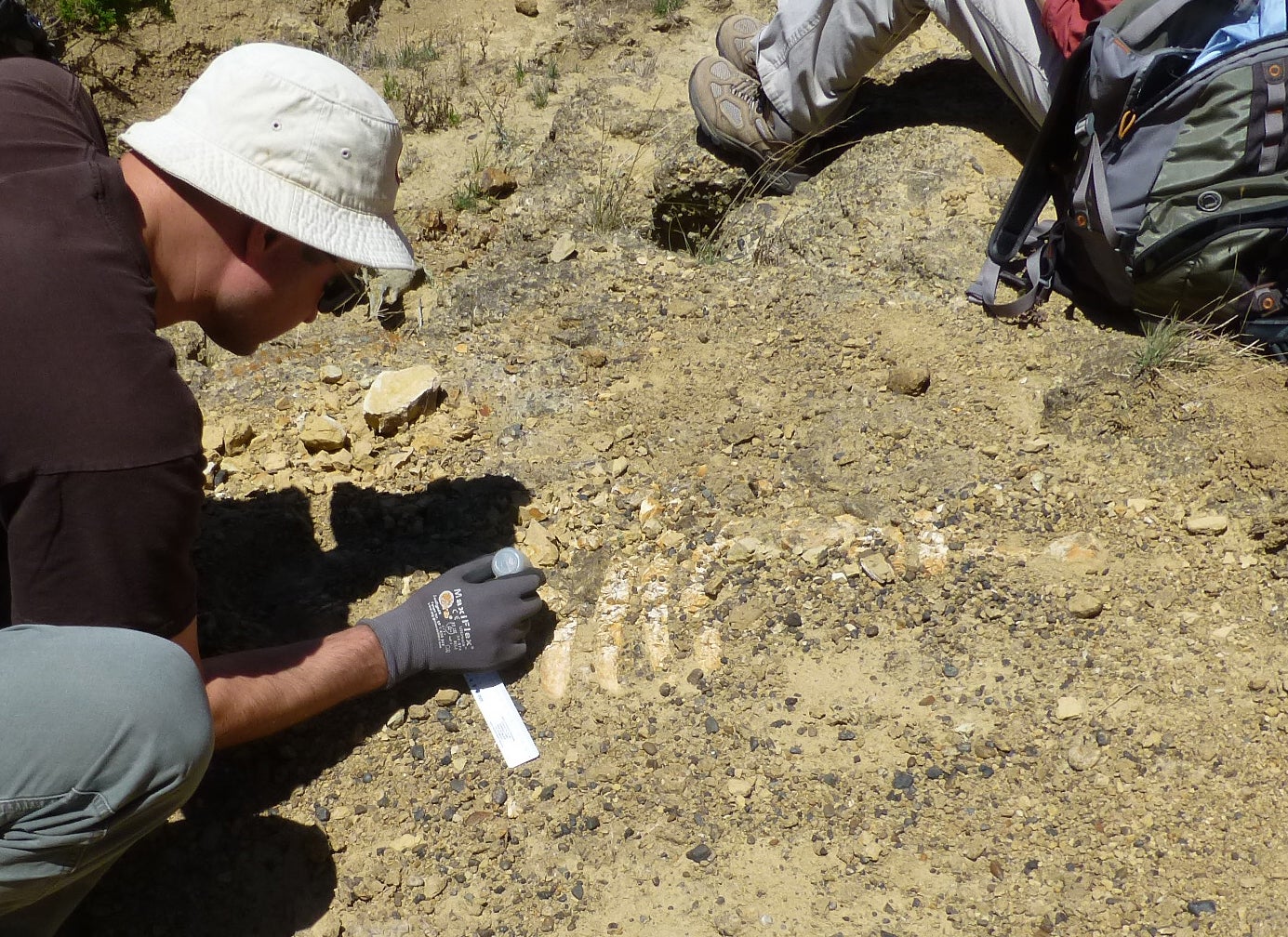Ancient sea cow remains discovered on California island
Scientists estimate giant mammal lived around 25 million years ago

The 25 million-year-old fossil remains of a sea cow that lived in the waters off Southern California’s Channel Islands have been discovered by scientists.
The fossil skull and ribcage were found on Santa Rosa Island, about 50 miles northwest of Los Angeles, the National Park Service announced on Tuesday.
Researchers say the ancient remains may be from a previously unknown sea cow species, but they will not know for sure until the skull is analysed by an expert.
Some fossilised remnants of at least four other sea cows were also found nearby.
Sea cows are torpedo-shaped plant-eaters that graze in shallow waters and can grow up to 13 feet long. The only living species are the dugong and three types of manatee.
Two researchers from the US Geological Survey found the skull and rib cage in a steep ravine while mapping earthquake faults. Erosion may have only recently revealed them, said Yvonne Menard of the park service.
"They're embedded in rock and the top surface has been exposed," she added.
That surface has been covered with plaster-impregnated bandages and burlap to protect the fossils until work to excavate them can resume in late spring.
"This sea cow may have only been exposed the past few years after being buried for millions of years," said Jonathan Hoffman, of the Santa Barbara Museum of Natural History, which is protecting the fossils.
Mr Hoffman said the work is slow because researchers need to formulate a plan to excavate in the wilderness area.
Researchers hope to uncover the teeth of the sea cow, which could help determine the animal's diet and its age when it died.
In death, the sea cow travelled without ever leaving home. The shallow sea floor where it died actually was located about 150 miles south, in the area of San Diego and Baja California, Mr Hoffman said.
Over millions of years, the land moved northward with the movement of the Pacific tectonic plate and the sea floor was pushed up to nearly 1,400 feet above sea level.
Additional reporting by Associated Press
Join our commenting forum
Join thought-provoking conversations, follow other Independent readers and see their replies
Comments